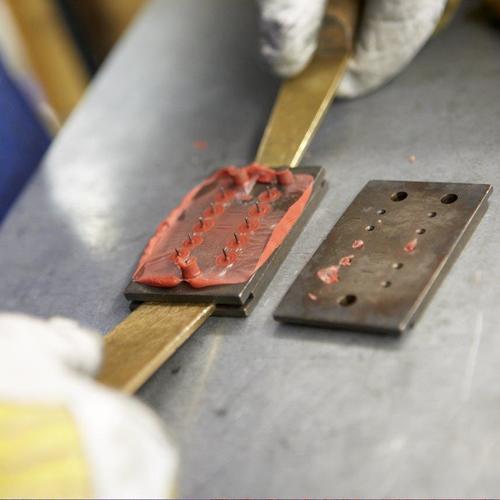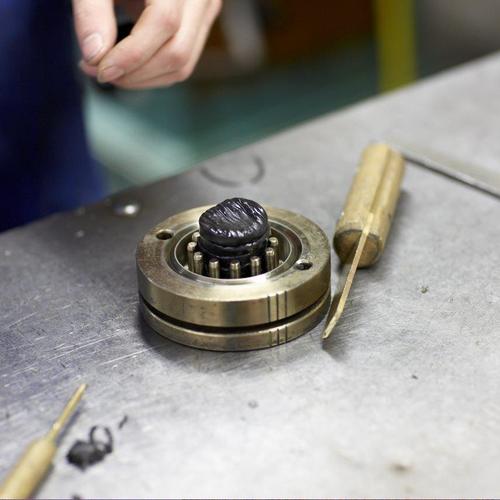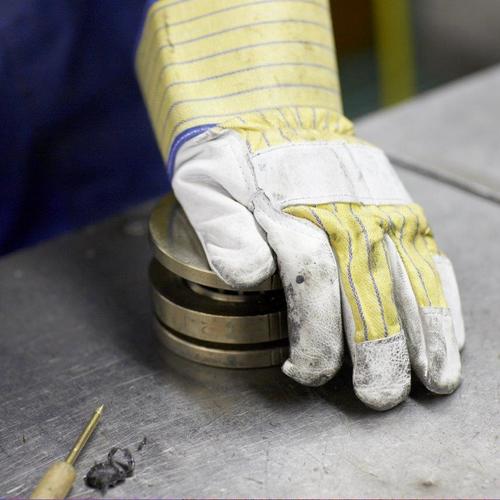THE HISTORY
FROM MAYAN TOYS TO CAR TYRES
Christopher Columbus was the first European to come into contact with rubber during his second voyage to Central America in 1493. The Mayan people had been tapping white sap from rubber trees to make balls and other toys much earlier than that.
Big breakthrough
When, in 1770, the English chemist Priestley discovered that you could 'rub out' pencil lines with it, this white sap was given the name ´rubber', after the English verb. But the extraordinary properties of the material were only truly recognised in 1839. Until that time, rubber had two disadvantages: when cold, it became hard and brittle and, when hot, it became just the opposite: soft and sticky. But then Charles Goodyear discovered that heating rubber with a few percent of sulphur substantially improved its properties. ‘Vulcanised’ rubber remains elastic, but becomes much stronger and is ideal for the production of car tyres, among other things.
The rise of synthetic rubber
After this discovery, rubber plantations were established on a large scale, but even a massive acreage could not keep up with the enormous demand for new car tyres. Synthetic rubber was the solution. During the Second World War, the production of synthetic rubber really got into its stride and ultimately ousted natural rubber from first place.
Rubber's versatility means that it is practically impossible to envisage life today without it. These days there are more than 25 types of synthetic rubber.
What type of rubber best suits your needs?
Why not call our rubber specialists on +31 (0)72 571 10 26 or email info@vankempen-rubber.nl
 English
English 










